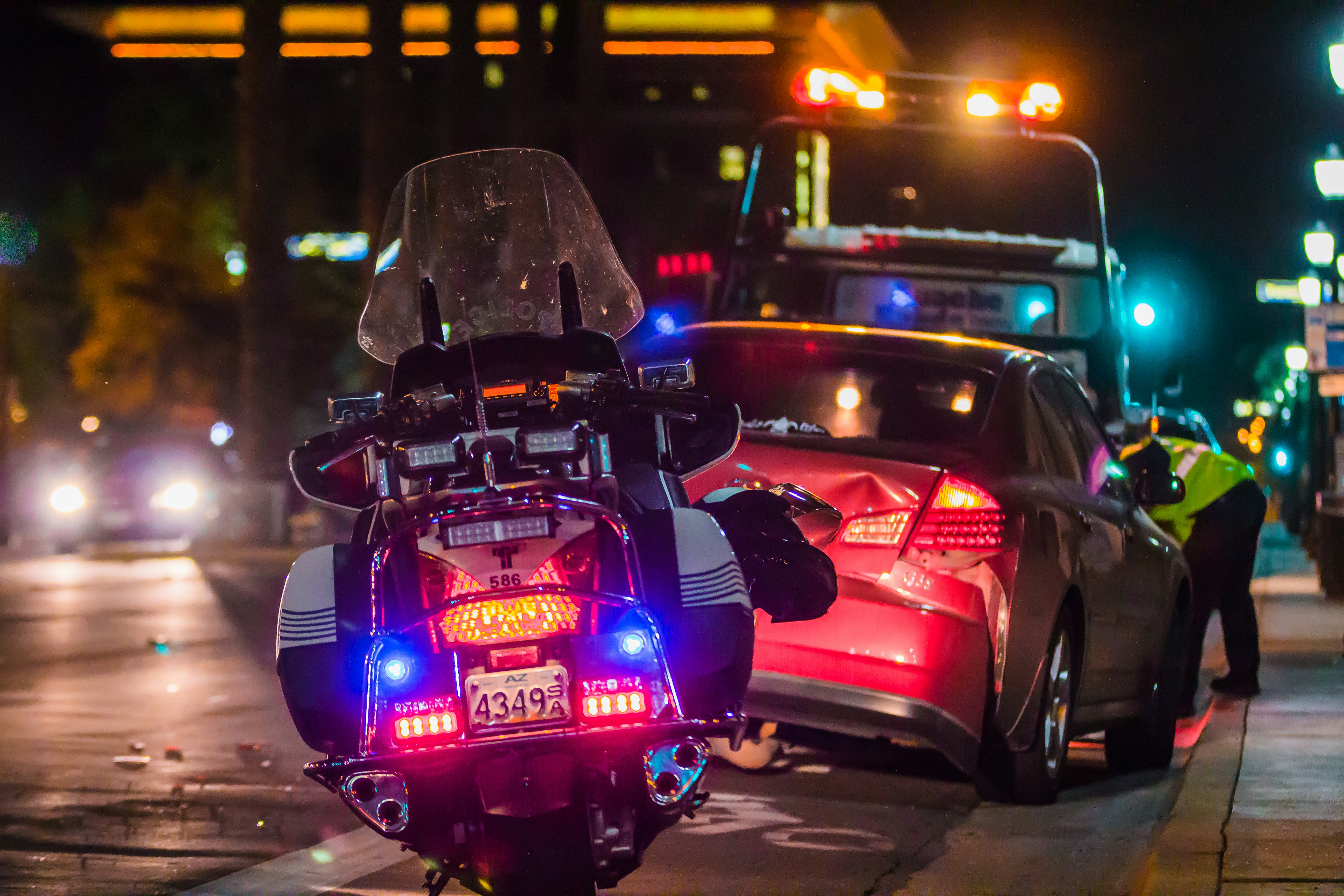Related Posts
Driving a truck is not easy. Drivers must be skilled in judging stopping distance. Drivers must also be prepared for the actions of other drivers. The truck driver in this video did not hold up their end of the bargain in either instance.
The video shows a car stopping well before a traffic light as it turns yellow. The truck driver behind the car must have thought the driver would run through the yellow light. They did not hit their brakes soon enough.
Considering how large trucks are and how much time they require to stop, it is no surprise that the truck hit the car from behind. The truck’s force sent the car through the stop light, and parts of the car fell onto the roadway due to the damage.
Stopping Distance Laws
Stopping distance laws vary from state to state. They also vary depending on the vehicle’s speed and the type of vehicle you are driving.
In California, a semi-truck driving at 65 miles an hour requires a stopping distance of 525 feet. Driving at the same speed requires a stopping distance closer to 300 feet.
It is unclear how fast the truck was going, but the driver did not give themselves enough stopping time. They also probably assumed the car in front of them would pass through the yellow light. However, they did not, and an accident occurred.
Is the Truck Driver Liable?
The truck driver is liable for the accident. But would the truck driver pay for the accident? Or would the truck driving company pick up the bill?
Liability for a trucking accident depends on the nature of the accident. Truck drivers are liable for accidents if they break the road rules. For instance, drivers who pass a red light or drive intoxicated must cover damages.
In most instances, a trucking company is liable for damages caused by a driver they hired. For example, the company may fail to perform basic maintenance or overwork a driver, clouding their judgment and increasing accident risk. Or, if the driver is negligent while performing regular duties for their employer, the employer would be liable under a legal concept known as respondeat superior.
In some instances, a third party is liable for damages. For example, a third-party company may be responsible for loading freight onto the truck. The company would be liable if the cargo fell off and caused an accident.
Similarly, if a mechanic serviced the truck inefficiently, and the car malfunctioned and caused an accident, the mechanic would be liable.

In this instance, the driver broke the road rules by failing to slow down for a yellow light. They would be liable for damages. Under a legal concept known as vicarious liability (AKA respondeat superior), a plaintiff could actually sue the trucking company for the driver’s negligence.
Say the trucking company made them drive excessive hours, and they were so tired that they could not exert proper judgment. This instance would also make the trucking company responsible for stopping distance accidents.
Rear End Accidents
Furthermore, this was a rear-end accident. Rear-end accidents are almost always the trail driver’s fault. And in this case, the truck was the trailing driver.
There are some instances when a rear-end accident is not the trail driver’s fault. Here are some exceptions to consider:
- If the leading driver slows down suddenly or inappropriately.
- If the leading driver reverses into the vehicle behind them.
- If the leading driver has broken tail lights and the trailing driver can’t tell they are slowing down.
- If the rear-end collision results from a chain reaction, i.e., a multi-car pileup.
None of the exceptions apply to this stopping distance accident. Therefore, the truck driver is liable for damages.

